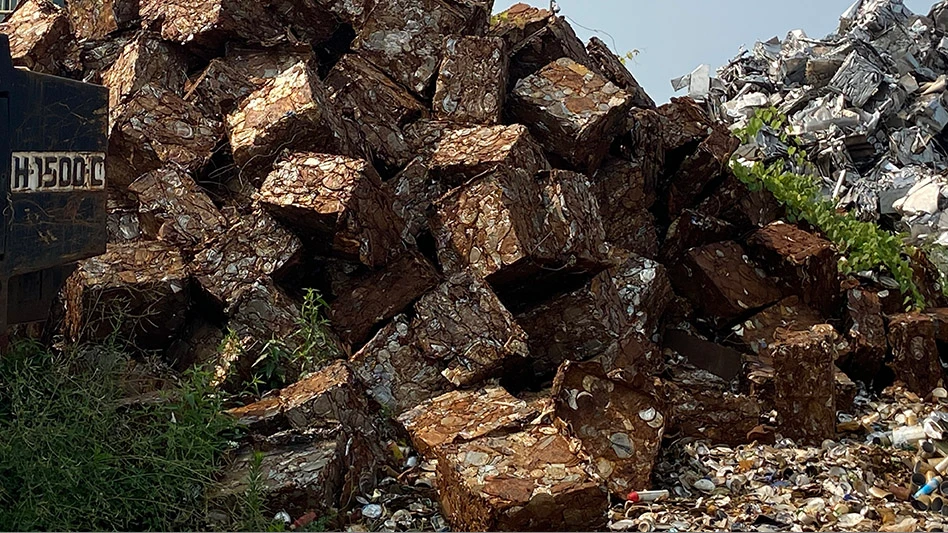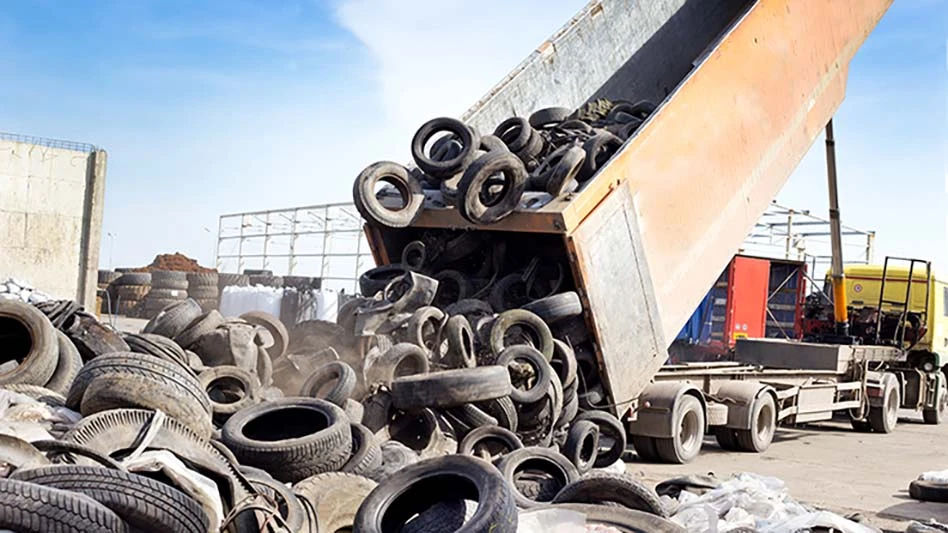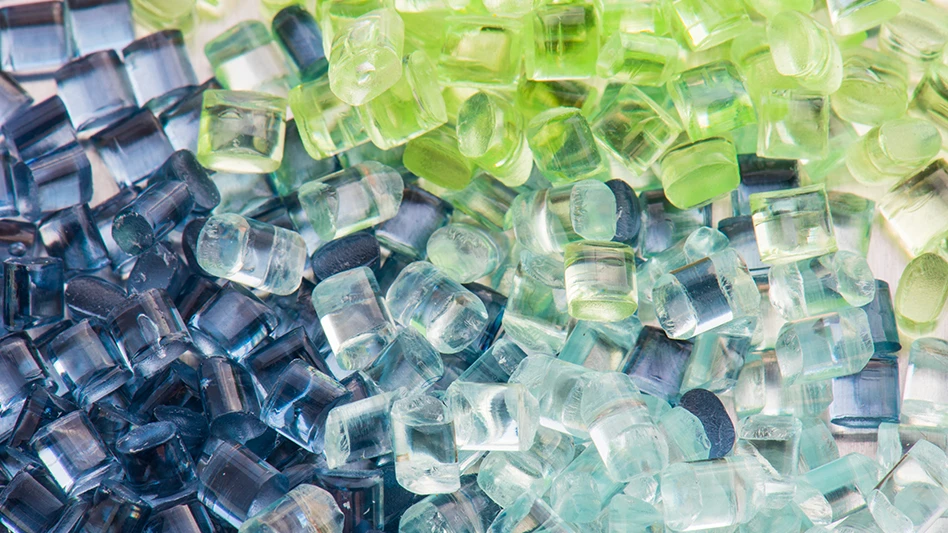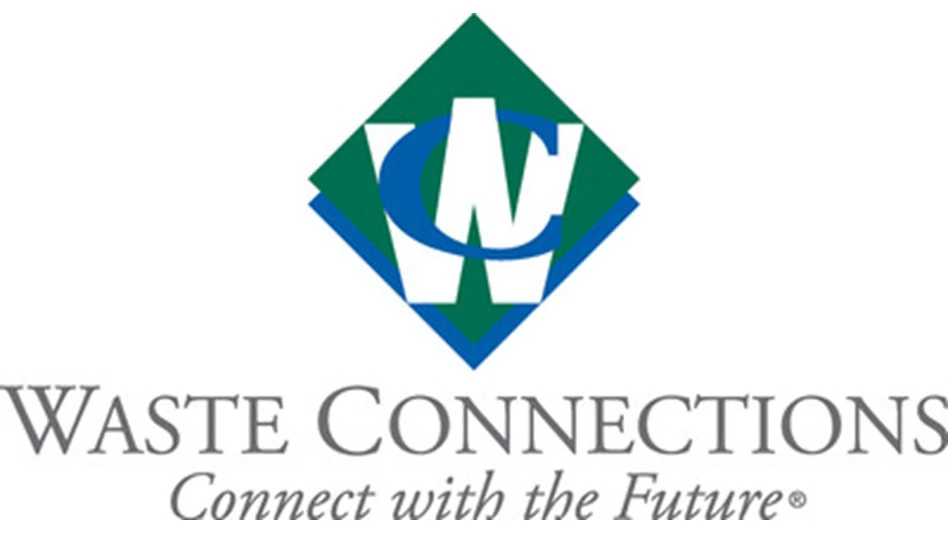The consensus at the Bureau of International Recycling’s Spring Convention in Hong Kong was that, in general, scrap metal markets in Europe, North America and Asia are steady and will remain solid in the near-term future.
As expected, the Asian region received a lot of attention due to the rapid economic growth being experienced by countries such as China, Malaysia, Singapore and others. But with that growth, concerns were expressed that scrap supplies will not be able to keep up, especially in the ferrous market where additional capacity is already coming on line in other regions of the world such as the United States and Europe.
FERROUS GROWTH
The ferrous markets in Asia all appear strong as presenters at the convention pointed to more steel-making capacity coming online, and an expected shortage in quality scrap to feed these new operations.
Han-Soo Yu, chief executive officer and president of the POSCO Research Institute, Korea, presented facts and figures concerning the status and growth of the steel industry in Asia. He pointed out that steel consumption in Asian developing economies increased 57 percent between 1990 and 1994, but that steel production in these same economies only grew by 34 percent. Thus, there was a significant gap between steel consumption and domestic production.
Specifically, the excess demand in developing Asian economies grew from 24 million tons in 1990 to 67 million tons in 1994. And it is projected that this excess demand will widen further by the year 2000.
The growth of steel production and consumption in developing Asian economies will outpace that of developed countries, said Yu. In fact, the International Iron and Steel Institute, Brussels, Belgium, projects that developing Asia will record more than 50 million tons of crude steel output growth between 1994 and the year 2000. Consumption will grow about the same rate as production.
"This tells me that the current size of excess demand in the region is not likely to decrease in the near future," said Yu.
Of the more than 100 million tons of steel-making capacity expansion by the year 2000, developing Asian countries will account for nearly 80 percent of that figure, according to Yu. In the first half of this decade, steel capacity expansion in Asia was led mainly by China and Taiwan. During the second half, capacity expansions will still be led by China, Taiwan and Korea, but the economies of Thailand, Malaysia, Indonesia, Philippines and Singapore will also play a greater role in the growth of steel.
As for future expansion, advanced foreign steel makers from the U.S., European Union, Japan, Korea and Australia will continue to invest in various steel-making ventures in the developing Asian economies as part of their globalization strategies. Most of these new ventures will involve small-scale processes such as minimills because of lower start-up costs and capital expenditures. Minimills will also allow a more rapid entry into the Asian marketplace.
Still, larger countries such as China and India still intend to construct large-scale integrated mills.
Because of the planned expansions, Yu expects some tightness in scrap availability in the Asian region, but only temporarily as scrap substitutes such as DRI come into play.
But currently, Asian mills are not buying much ferrous scrap, at least not from Australia, according to John Crabb of Simsmetal Ltd., Australia, who complained that the current Asian market for scrap is "drifting" and "directionless." He reported that the ferrous markets in Korea, Japan, Thailand, Malaysia and Indonesia are basically flat, and that only in China and Taiwan is there action in ferrous scrap. Crabb said the Taiwanese are buying deep sea cargoes of ferrous scrap in the mid $160 range and that imports for the first half of this year will be around 185,000 tonnes – good, but still nowhere the level imported just a few years ago.
As for China, Crabb said that imports of ferrous scrap should exceed 1 million tonnes and that imports will continue to grow in the future. However, he expressed concerns about contract negotiation and quality determination, as well as the Chinese environmental agency’s strict interpretation of the Basel Convention and its effect on trade.
NONFERROUS STEADINESS
Most nonferrous markets appear to be strong in Asia, and markets such as aluminum, copper, brass and zinc all are relatively healthy and are growing. However, it is still unclear how the markets will react during the next several months to the recent copper trading scandal involving the lead copper trader at Sumitomo Corp., Japan.
Crabb said that demand for copper in China has been strong with consumption exceeding 1 million tonnes. This is due mainly to a strong manufacturing base in air conditioners. Korea also has a strong appetite for copper and is expected to consume 800,000 metric tons of copper in 1996, with about one-third coming from scrap.
In China, demand for copper and brass scrap should remain healthy, said Roger Hu, Simsmetal’s representative in Shanghai, China. Last year Chinese customs reported 21,800 metric tons of copper and brass scrap imported into the country, and a consumption of about 100,000 metric tons.
"There are questions concerning the accuracy of those figures," said Hu, "but one thing is for certain, the gap between supply and demand will remain or become even bigger."
The major grades of copper scrap that China has traditionally consumed are No. 2 scrap for refineries; brass scrap for foundries; and low-grade copper from items such as motors, cables and wires. However, the latter grades are currently being restricted due to environmental concerns.
All scrap coming into China must go through an import/export company, or can be imported directly to some of the bigger factories that have an import agent and the special right to import. Hu said the import duty on copper right now is about 20 percent. But some importers have duty-free quotas, and some factories can buy duty-free when exporting finished products.
Reporting on aluminum in China and Taiwan was Tony Huang of Sigma Brothers, Taiwan. He said that in addition to a few big secondary aluminum smelters, there are hundreds of small secondary aluminum smelters scattered all over the country, using very primitive equipment and producing only up to a few hundred tons of aluminum alloy ingots per month. "To my best estimate, the secondary aluminum ingot production in China is about 200,000 tons per year, and the aluminum scrap imported into the country last year was around 250,000 tons," he said.
Taiwan has eight major secondary aluminum smelters that represent about 90 percent of that country’s total production. In 1995, 254,000 tons of secondary aluminum ingots were produced in Taiwan, and feeding that demand was about 135,000 tons of imported scrap. Most of the scrap came from the U.S. and Europe.
As for the future, Huang predicted that the aluminum scrap market in Taiwan will remain steady, but that the Chinese market will double by the year 2000. He pointed to expanding automobile production in China and a boom in the construction and manufacturing sectors as main reasons for the increase in demand.
The increase in demand for construction will also keep the zinc market strong because it is used for galvanizing; and the expected boom in the Chinese auto market will mean that more batteries will be needed, thus there will be a solid lead market, too.
The author is managing editor of Recycling Today.

Explore the July 1996 Issue
Check out more from this issue and find your next story to read.
Latest from Recycling Today
- Lautenbach Recycling names business development manager
- Sebright Products partners with German waste management equipment company
- WasteExpo transitions to biennial format for enhanced experiences
- Study highlights progress, challenges in meeting PCR goals for packaging
- Washington legislature passes EPR bill
- PureCycle makes progress on use of PureFive resin in film trials
- New copper alloy achieves unprecedented high-temperature performance
- Gränges boosts profits and sales volume in Q1 2025





